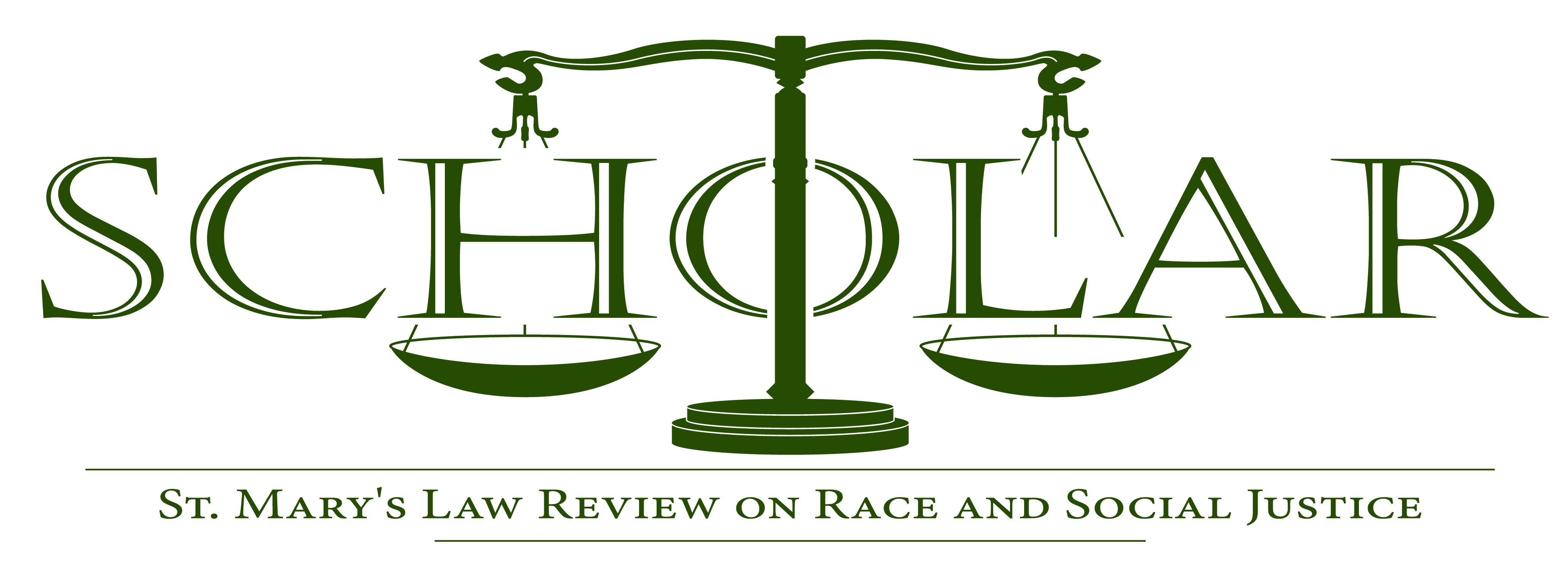
Abstract
This comment addresses the constitutionality of two San Antonio anti-homeless ordinances which prohibit camping in public and aggressive panhandling. The population of San Antonio, Texas grows at a rapid rate. Mayor Ed Garza established a task force to address the homelessness problem in San Antonio. This task force developed a ten-year plan to end homelessness in the city. The plan proposed by the year 2014 all homeless individuals would have alternatives and access to safe, decent, and affordable housing as well as resources and support to sustain housing. However, not long after approving the proposal, San Antonio’s City Council presented four new ordinances which directly affect the homeless population. These ordinances essentially made homelessness illegal in San Antonio. Businesses in downtown San Antonio perceive the homeless population as a threat to their economic livelihood. This perceived threat led to the enactment of these ordinances. Advocates for San Antonio’s homeless population argued the ordinances criminalize a person’s status as homeless. These ordinances essentially leave the homeless population with no options and criminalize behavior which homeless people are incapable of controlling. San Antonio is not an anomaly. In the last decade, numerous other large metropolitan areas passed anti-vagrancy laws which punish those who appear to be homeless. With the way the economy fluctuates, more people are closer to homelessness than many believe. That is why we should care about this problem. It is complex and there are no easy solutions, but a decent first step for San Antonio lies in establishing safe zones where homeless people can camp out without the fear of fines or arrest. Additionally, a twenty-four-hour shelter would allow the city to determine which homeless persons need drug-counseling or medical help, and which are readily employable.
Recommended Citation
Justin Cook,
Down and out in San Antonio: The Constitutionality of San Antonio's Anti-Homeless Ordinances.,
8
The Scholar
(2006).
Available at:
https://commons.stmarytx.edu/thescholar/vol8/iss2/2
Volume Number
8
Issue Number
2
Publisher
St. Mary's University School of Law
ISSN
1537-405X

